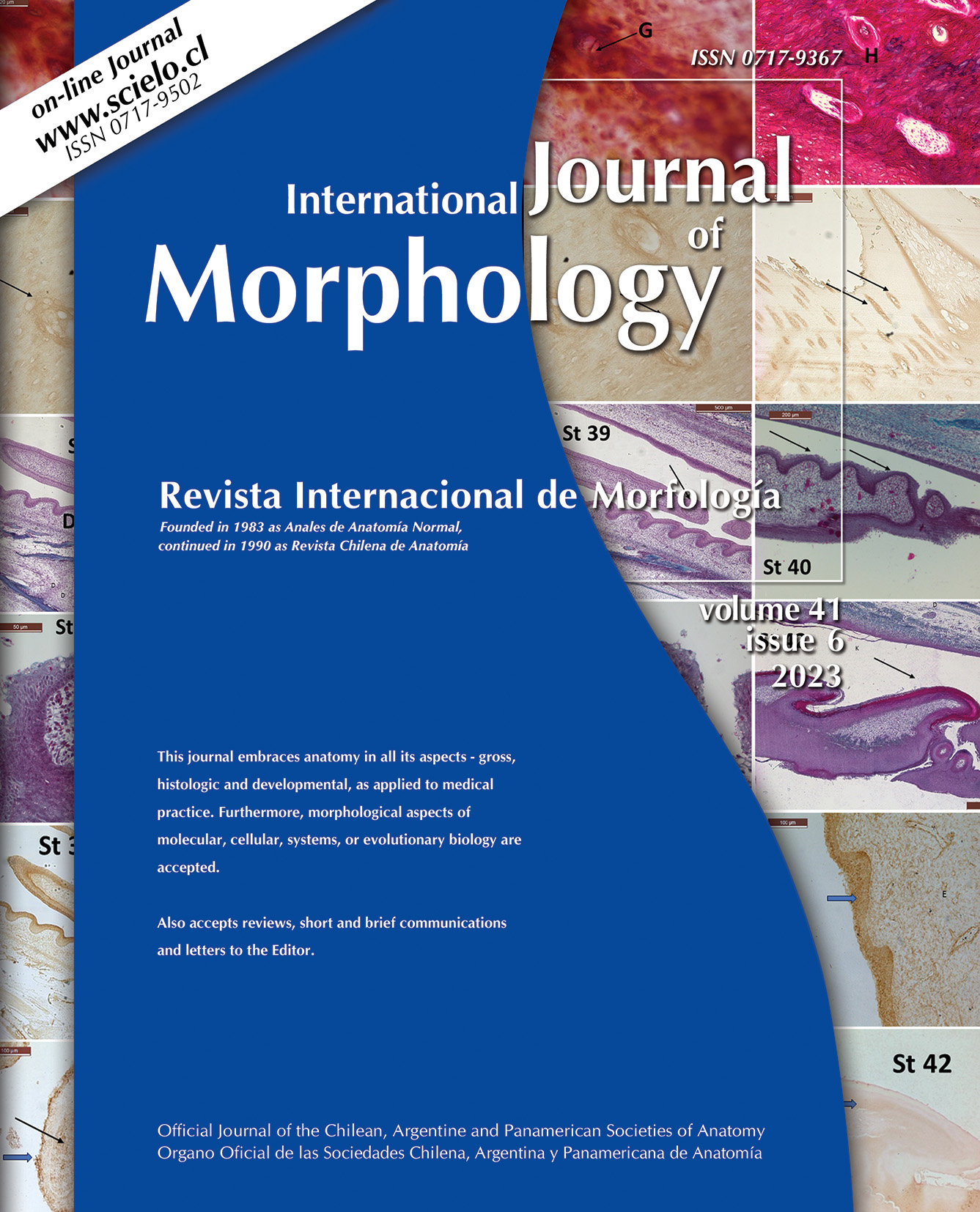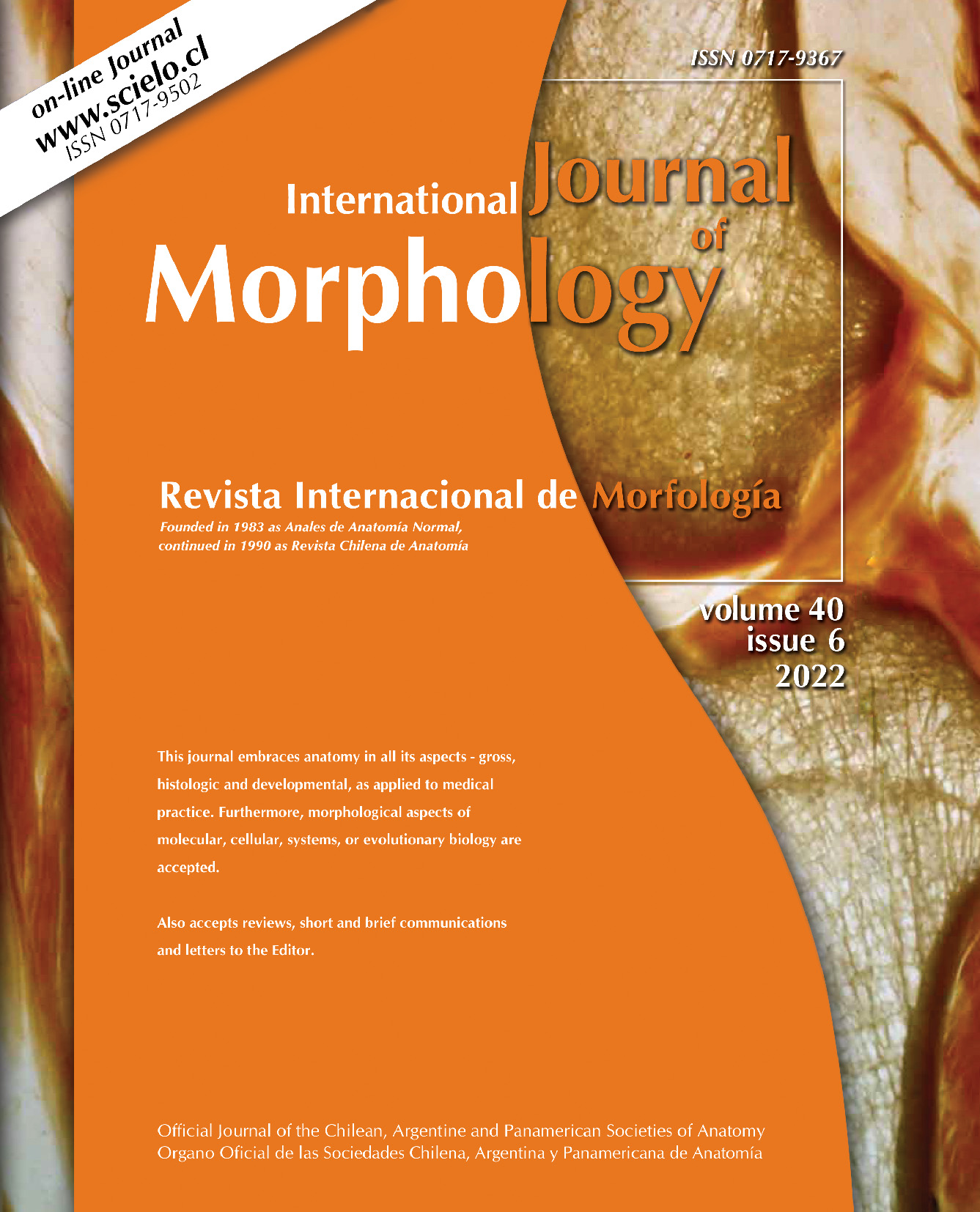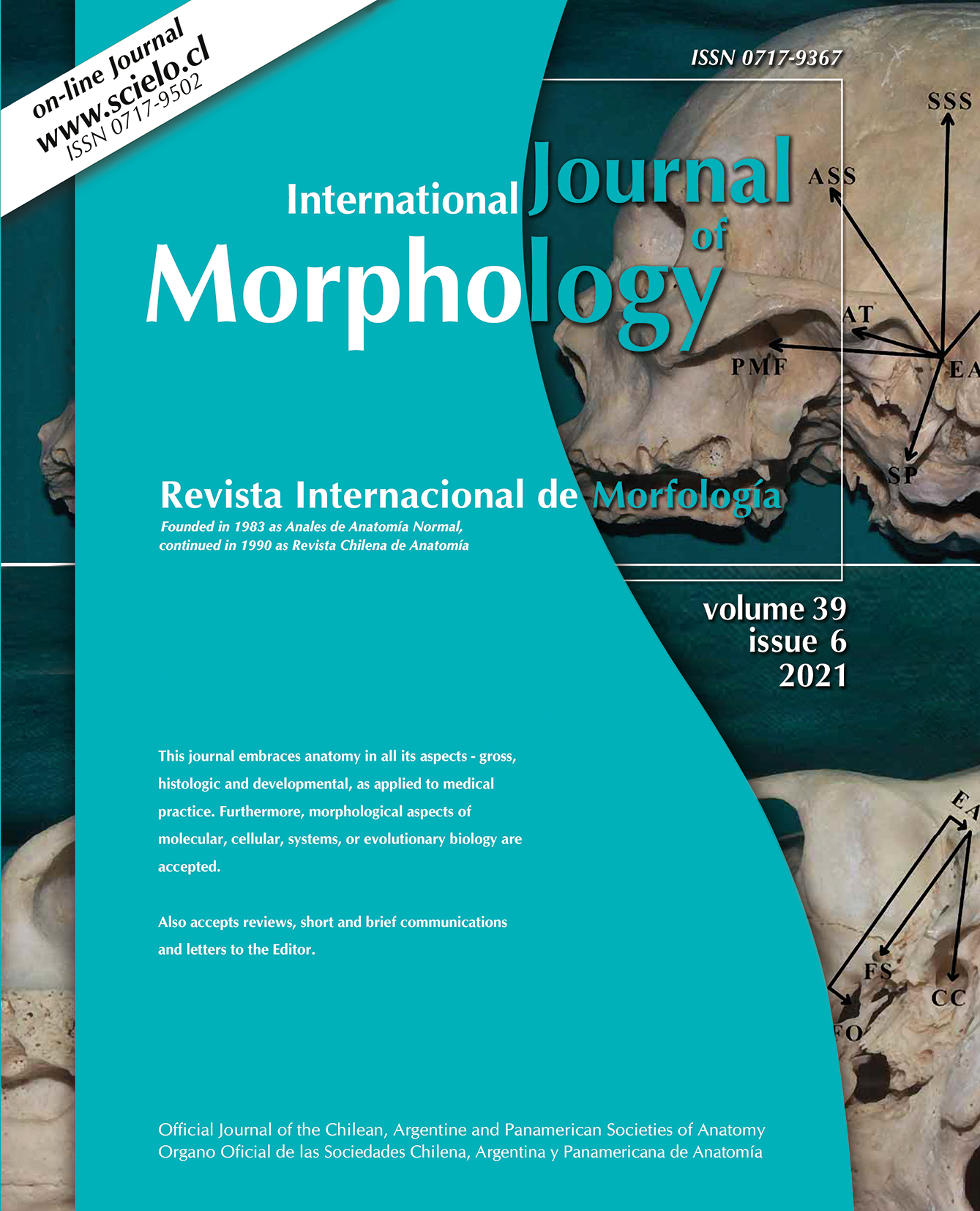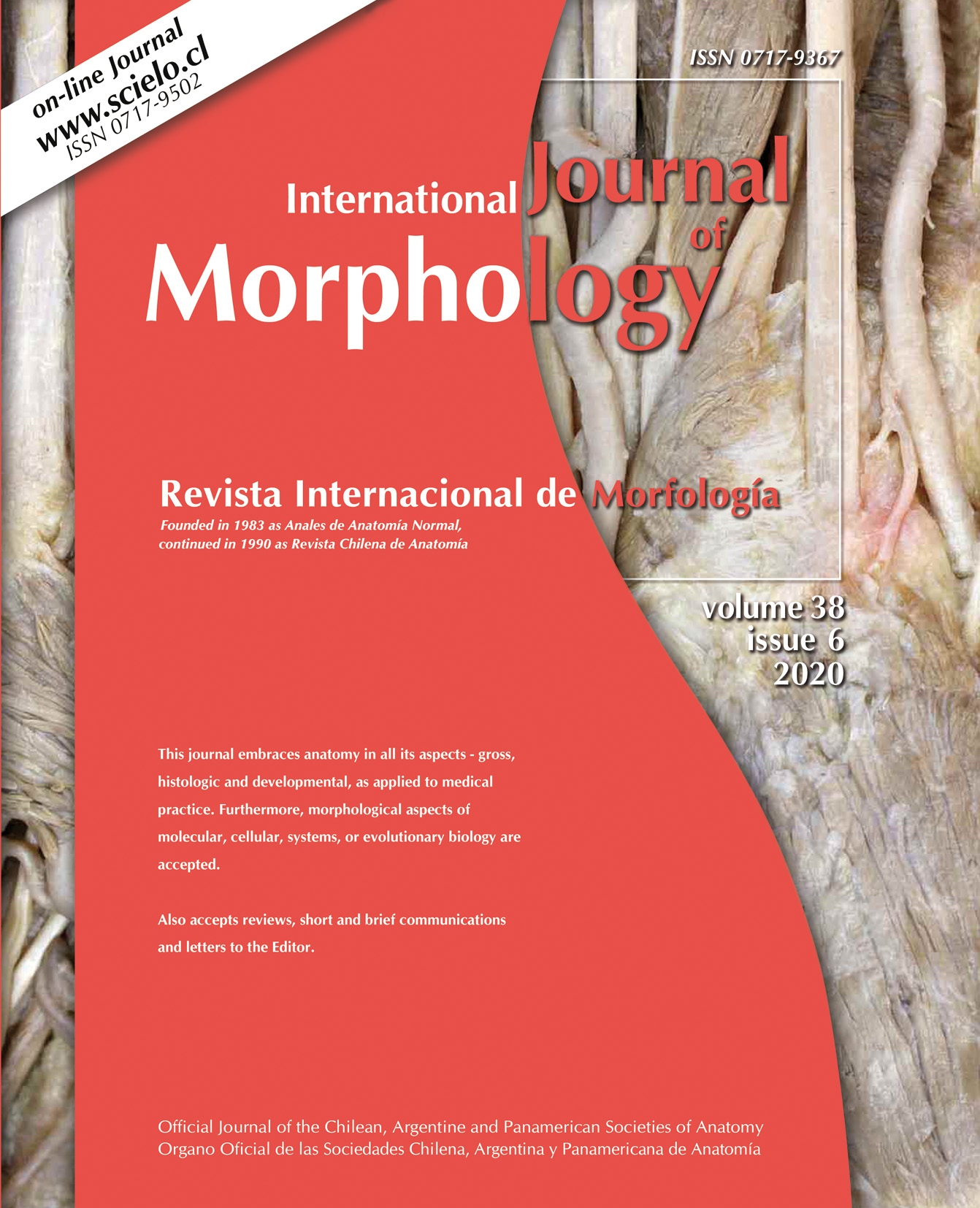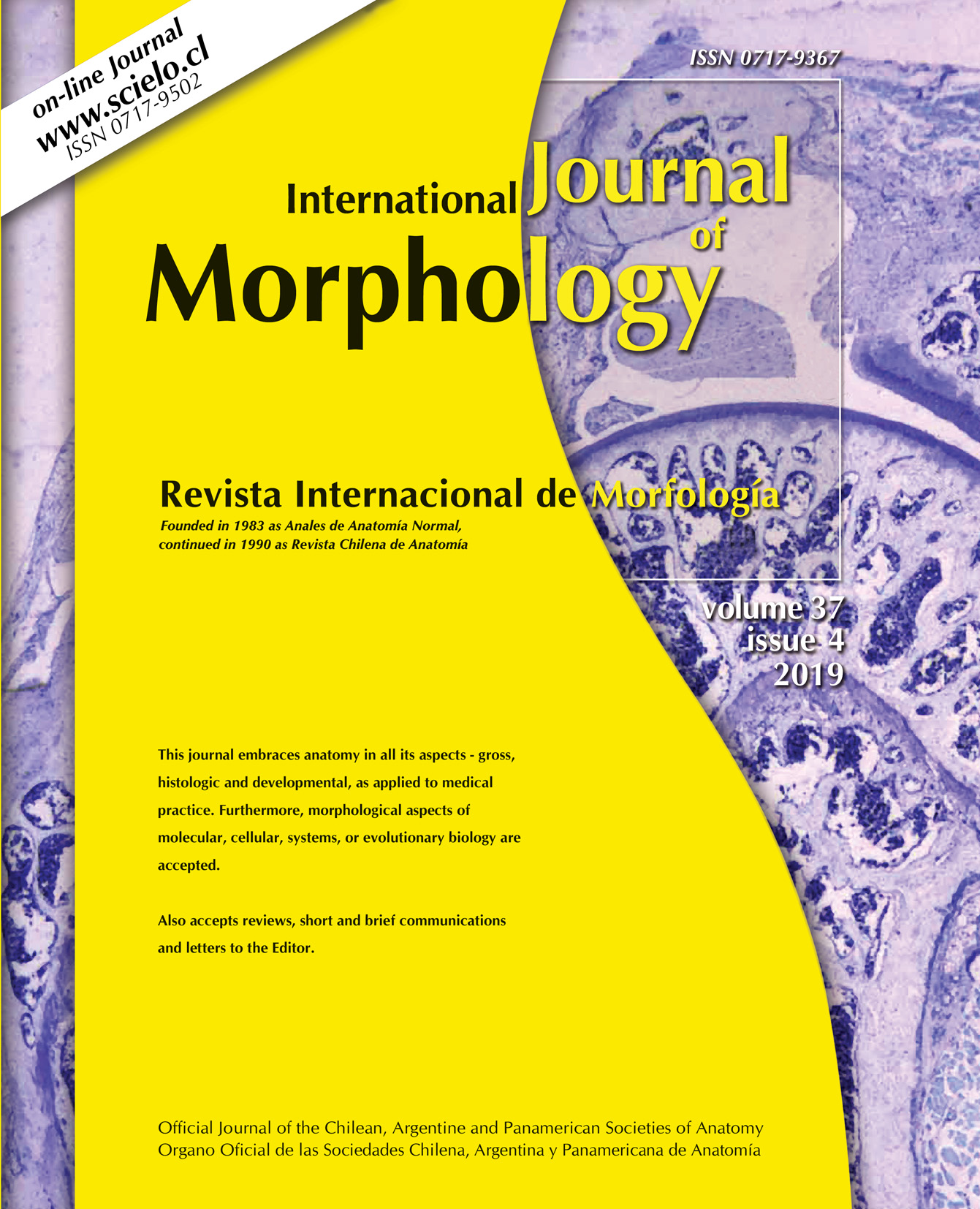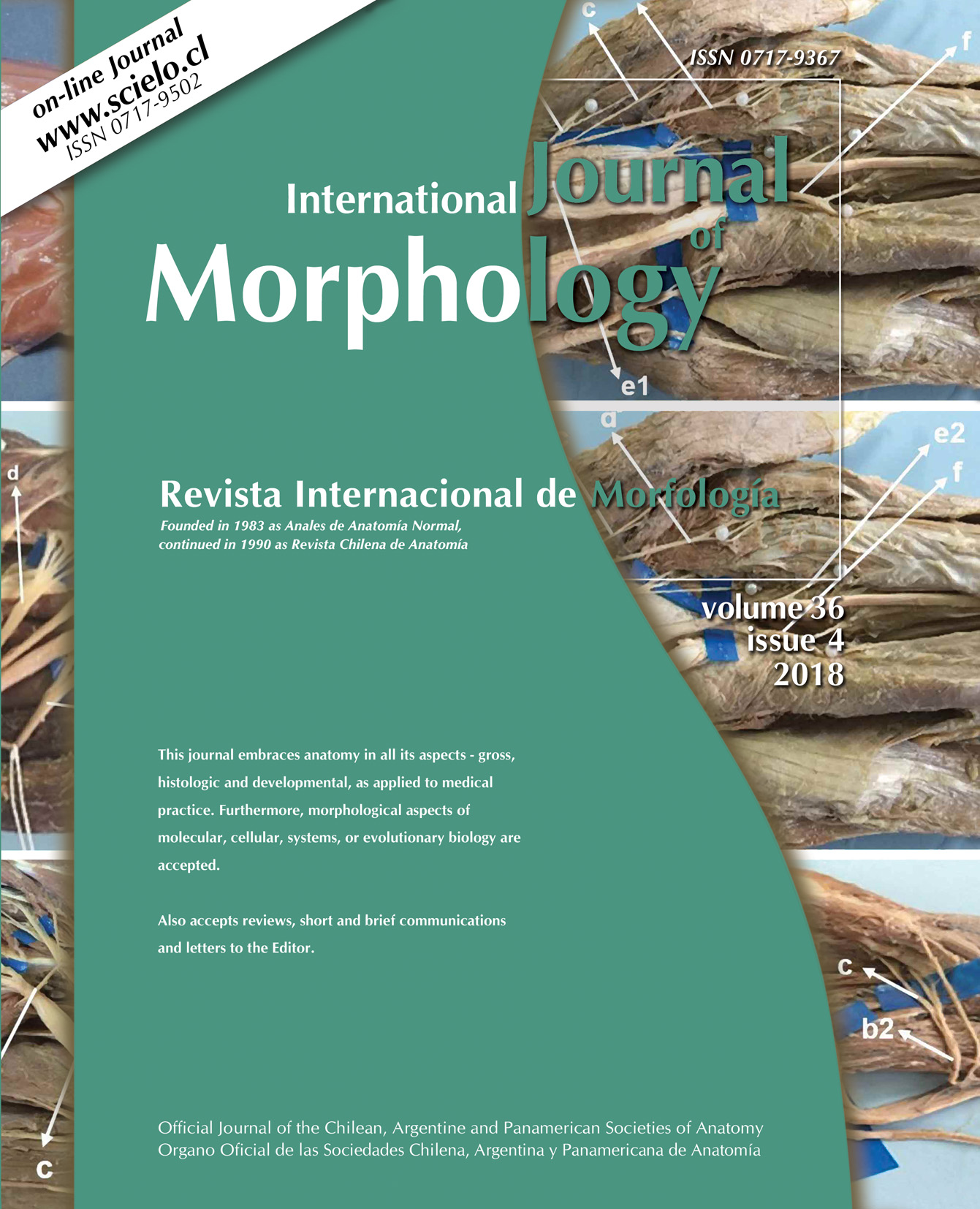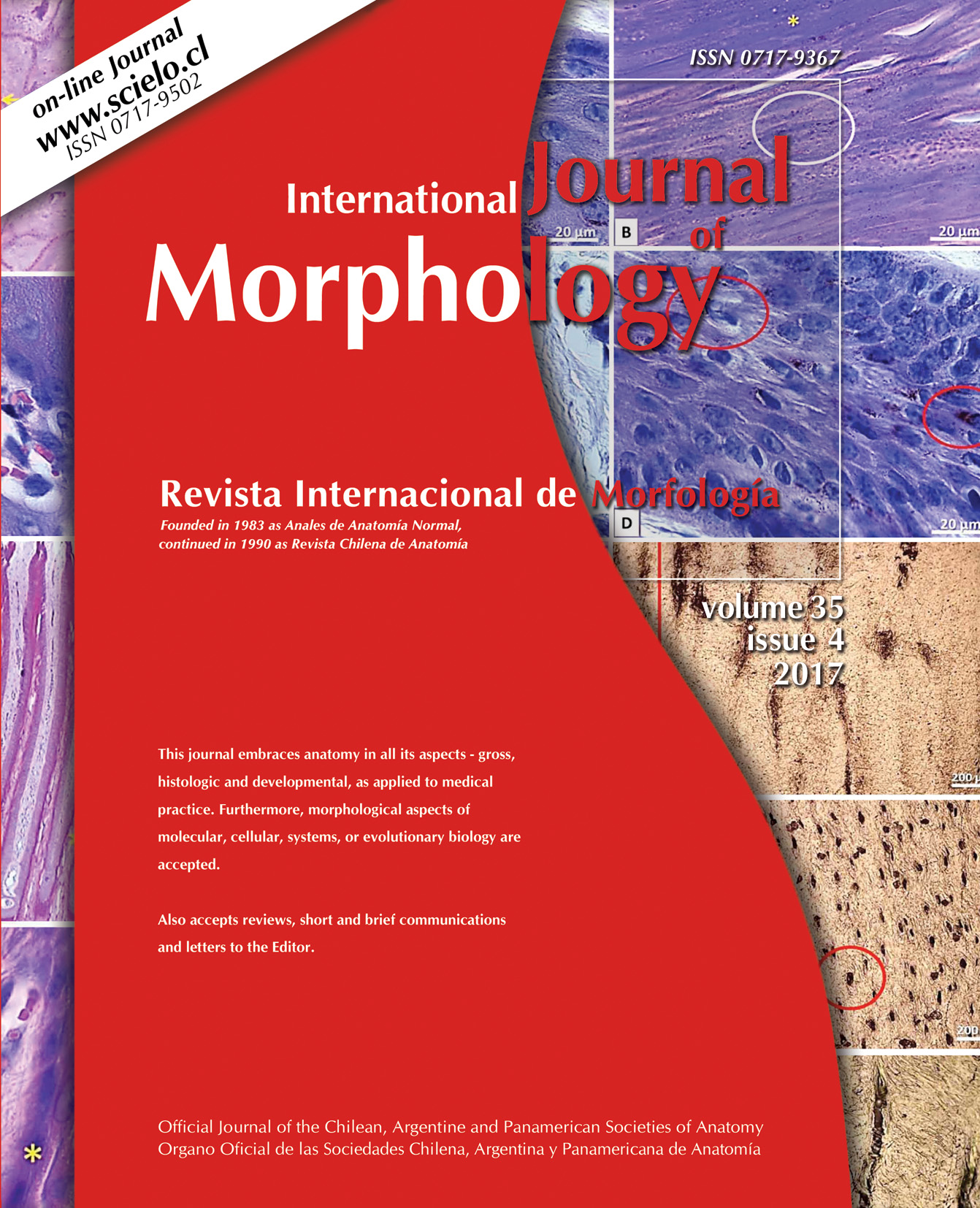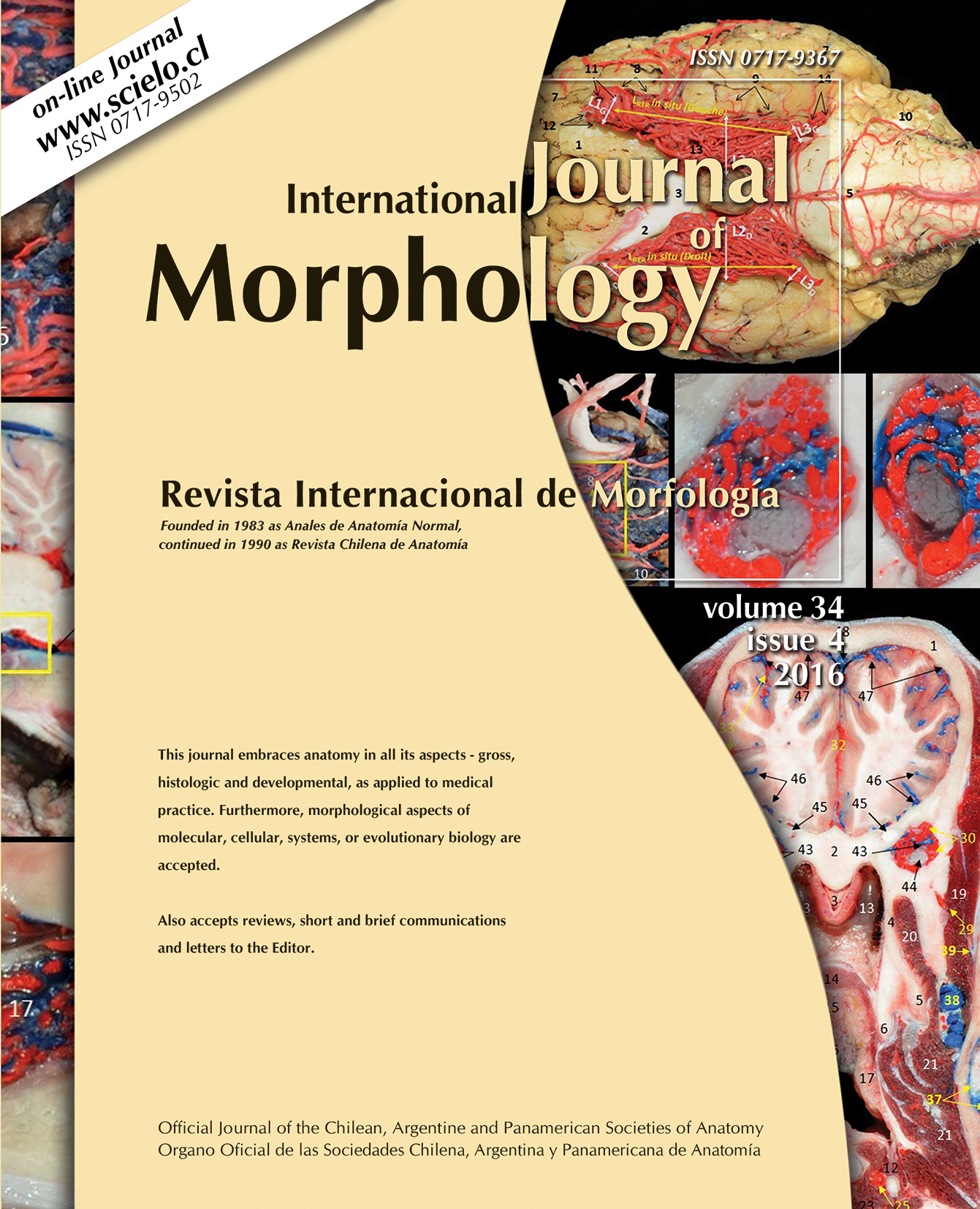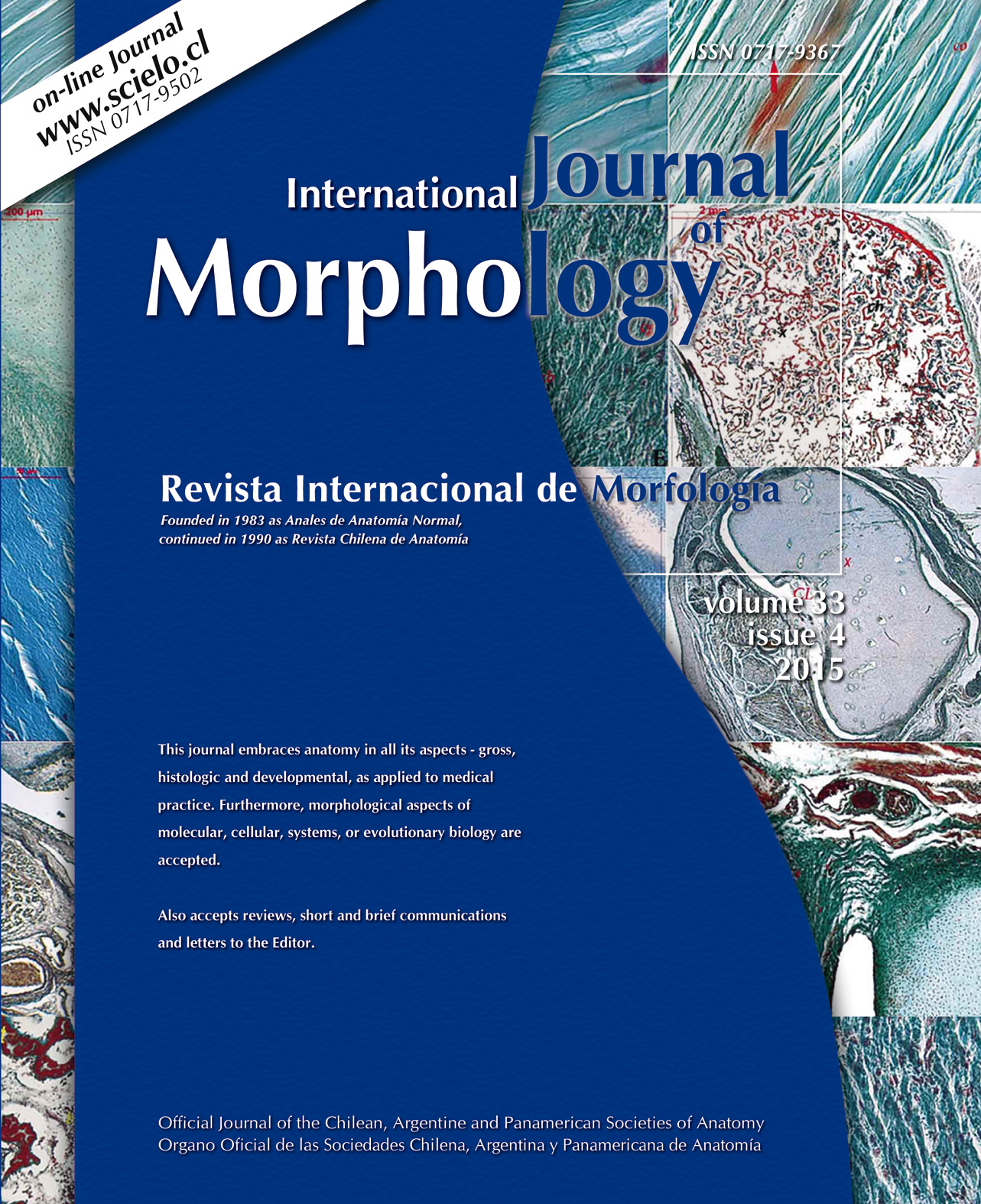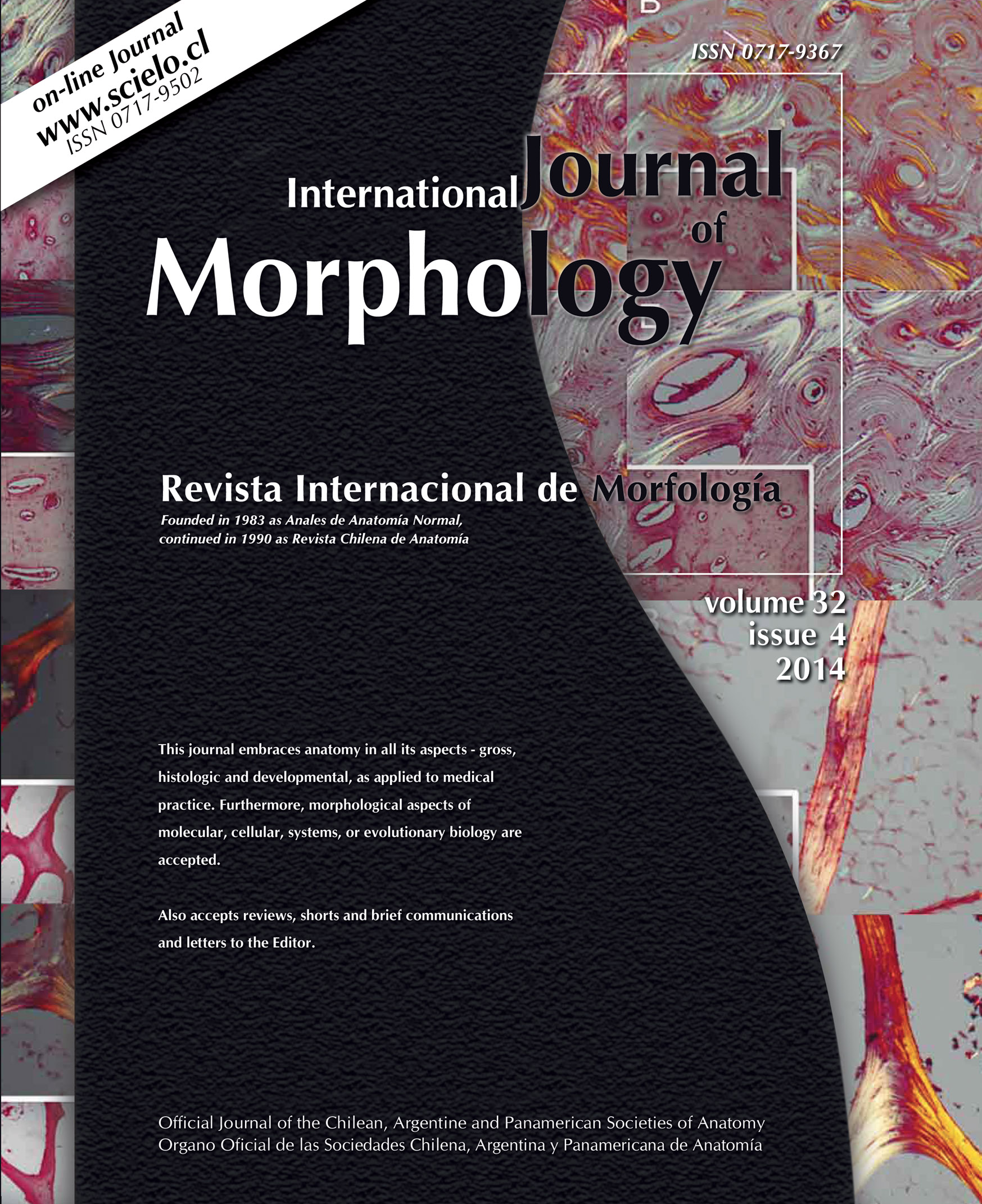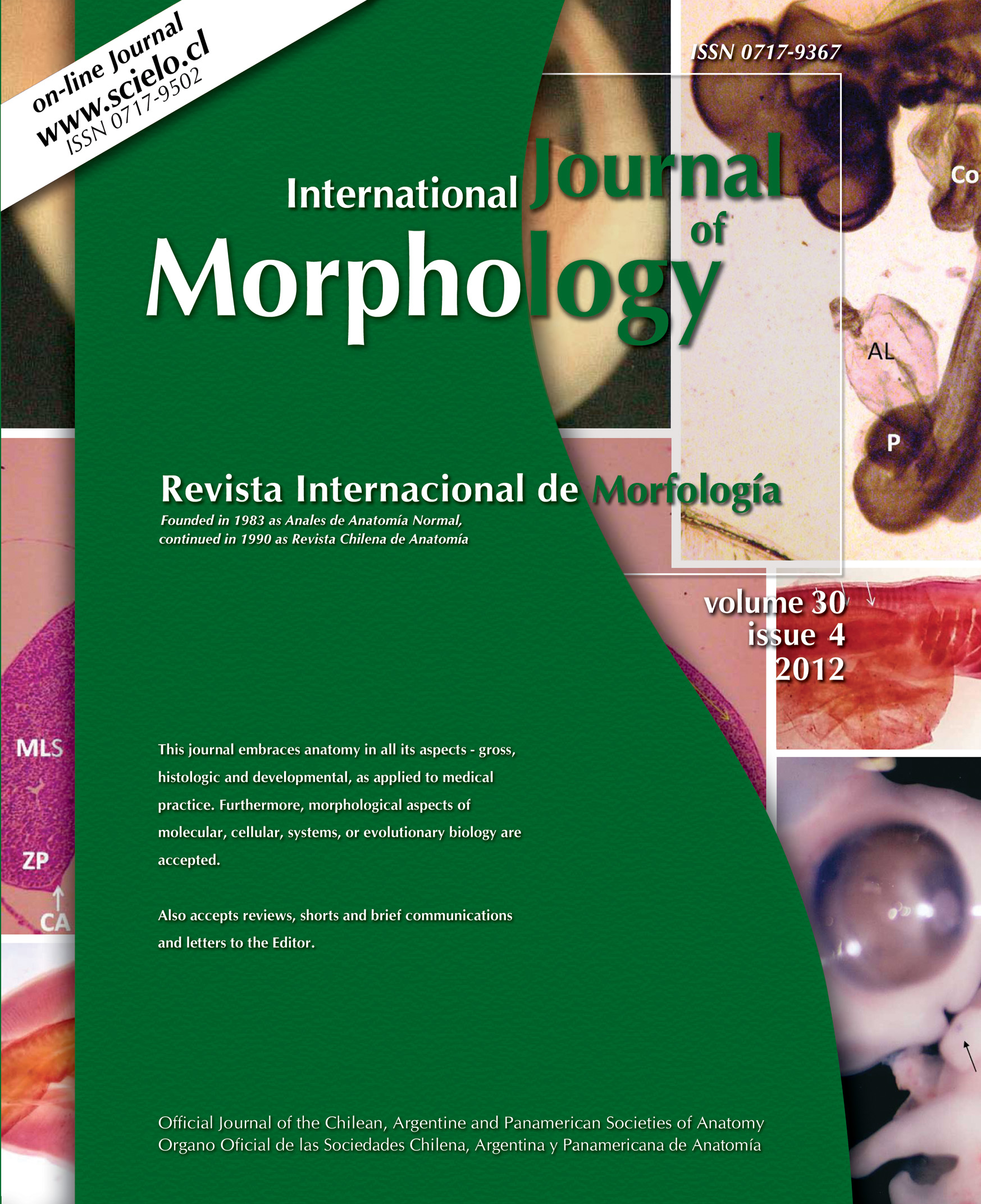Amiodarone (AMD), an orally powerful antidysrhythmic medication that has caused hepatotoxicity on long-term administration, is commonly used across the world. Silymarin ameliorative effects (SLM); this research elucidated the magnitude of the damage to the liver tissue in AMD. We divided 24 albino rats evenly into four groups given daily doses by gastric tube for eight weeks as follows; the 1st group acted as a control group; the 2nd group received SLM; the 3rd group received AMD; and the 4th group received AMD parallel to SLM. Liver tissues prepared for light, electron microscopic and serum samples screened for biomarkers (I)liver injury enzymes, alanine aminotransferase (ALT) and aspartate aminotransferase (AST); (II) oxidative and antioxidant stress, malondialdehyde (MDA) and superoxide dismutase ( SOD); and (III) inflammatory markers, tumor necrosis factor-alpha (TNF-α)and interleukin-6 ( IL-6). The findings showed that AMD caused hepatic histological changes that included congestion of the blood vessels, leucocytic infiltration and cytoplasmic vacuolation. Ultrastructural degeneration of the mitochondria, endoplasmic reticulum swelling, nuclear pyknosis and increased fat droplets and lysosomes were observed. The biochemical findings showed an increase in the AMD group’s ALT and AST activities. The group of rats treated with AMD and SLM, increased the improvements in histology and ultrastructure, while the ALT and AST levels were reduced. Our findings collectively agreed that SLM has a protective impact on AMD hepatotoxicity which can be due to its antioxidant properties.
KEY WORDS: Amiodarone; Silymarin; Liver; Biochemical enzymes; Histology, Ultrastructure; Statistical analysis.












